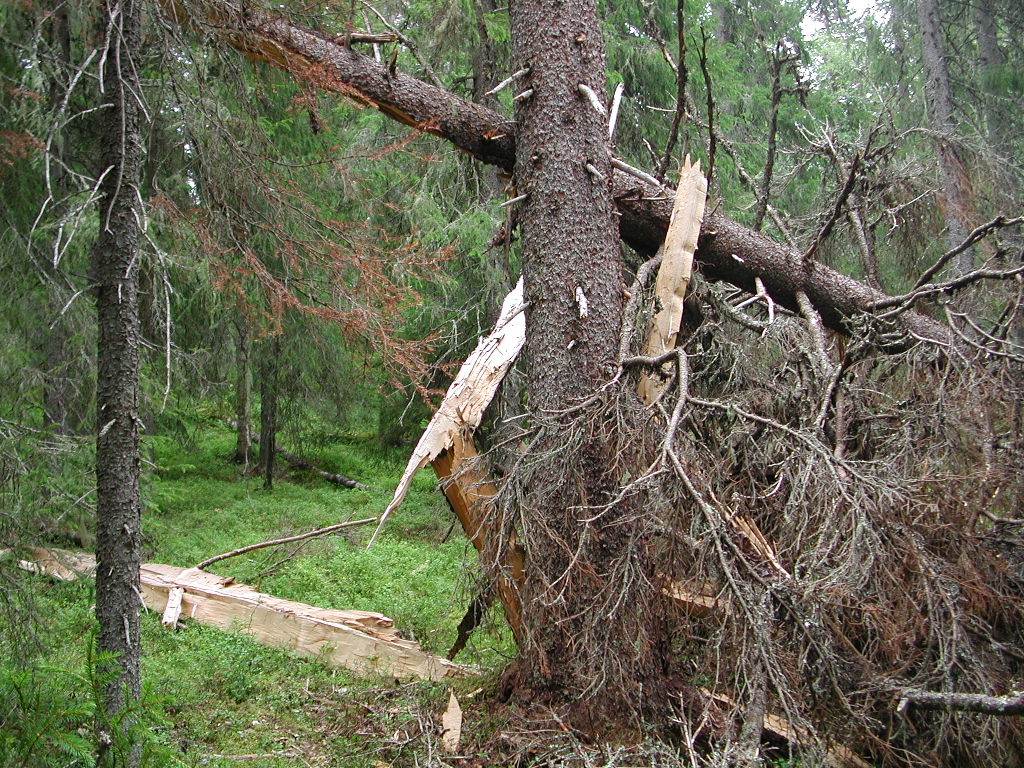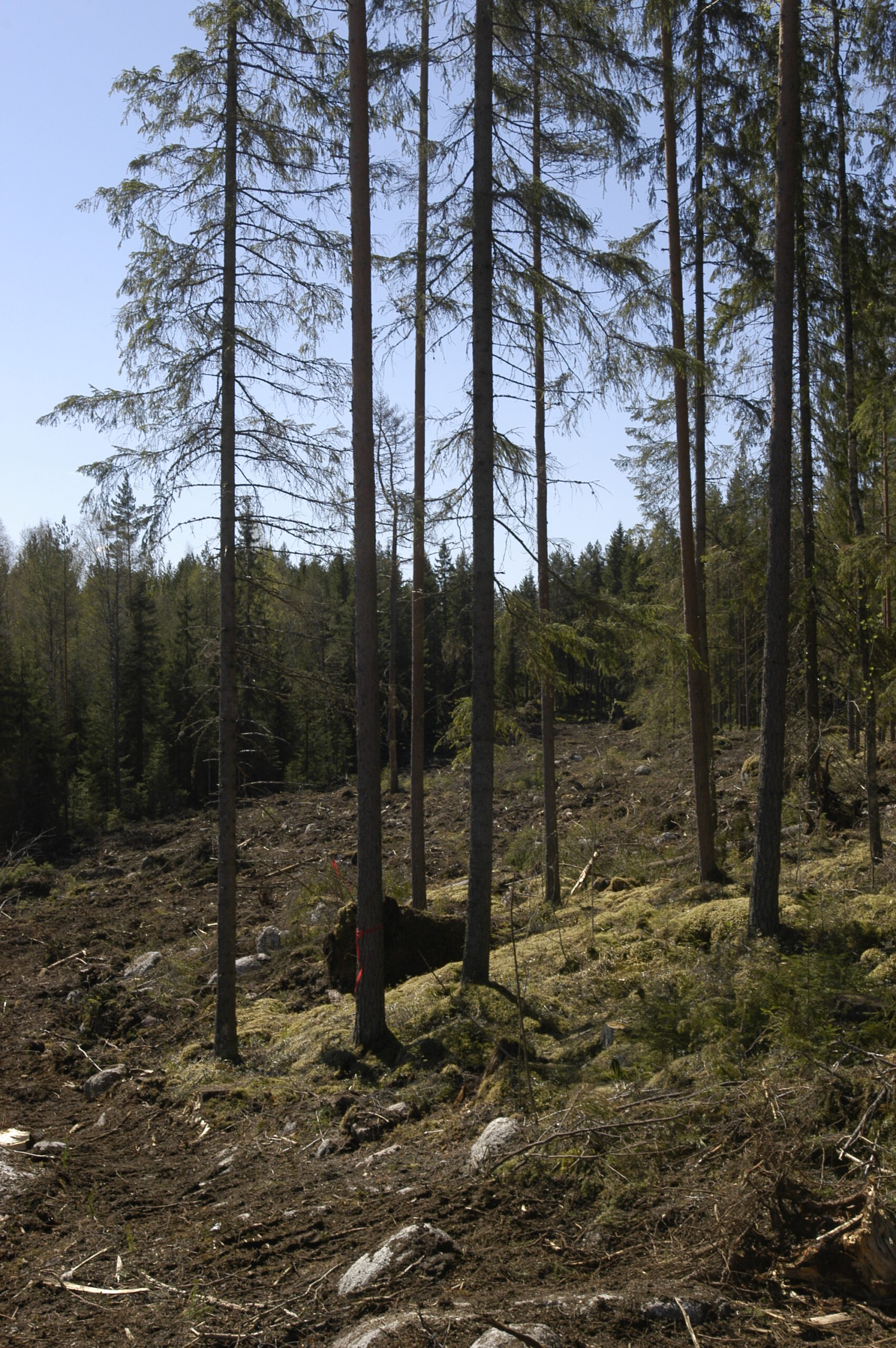Forest industry to increase decayed wood systematically: for example, tens of thousands of new snags have been created

The decayed wood programme of the forest industry focuses on communication and training. Each company implements the programme in its own way, but they all aim at creating new and saving existing decayed wood in commercial forests. Half of the forest species classified as endangered depend on decayed wood.
The Finnish forest industry initiated a programme to increase decayed wood last spring in broad-based cooperation with other actors in the forest sector. Some of the other participants are the Finnish family forest owners’ union MTK and, in matters related to advisory activity and collecting forest data, the Finnish Forest Centre.
The Finnish Forest Industries Federation encourages not only its member companies but all timber buyers to participate. The state forest company Metsähallitus has also started a programme to create snags in connection with harvesting operations, and as another example, the MTK and Finnish Energy, which represents the energy industry in Finland, have a joint programme to create decayed wood in power line corridors.
Earlier this year, the forest industry company Metsä Group started its own campaign to create snags. According to Janne Soimasuo, the company’s Chief of the Environment, the campaign is especially important because it aims at creating decayed wood from non-mature younger trees.
“We have created decayed wood from larger, mature trees for as long as 20 years as a result of forest certification. Smaller decayed trees have been missing so far,” says Soimasuo.
The forest owners’ reception of the campaign has been positive. “We have taken it up in connection with all harvesting operations, and 70 percent of the owners selling timber have given us permission to make snags according to our plans,” says Soimasuo.

Providing information is the key
According to Inka Musta, Forest Specialist at the Finnish Forest Industries Federation, the problem with activity to increase decayed wood is the lack of information. For this reason, the programme started by the federation aims largely at remedying this. After all, the ndustry cannot make decisions on behalf of the forest owner, but what it can do is provide information and make recommendations.
“Still, the owners have received the programme very well. We may occasionally encounter the somewhat hysterical suspicion that decayed wood would increase the risk of forest damage, but better information has helped to tackle this, too,” says Musta.
So far Musta cannot say anything about the overall impact of the programme. “We do follow up on how our member companies implement the programme, regarding such things as, for example, the training of company personnel and cooperation partners, and how the companies have discussed the issue with forest owners when negotiating the timber deals,” says Musta.
The aim is to ensure that those currently employed in the companies are aware of the issues related to decayed wood, but also to give them more prominence in forest education, especially when educatig harvester operators.
Monitoring of amount of decayed wood will be improved
The campaign is targeted to forest professionals and owners, but social media has not been forgotten. “You can search for messages with the hashtags #lisäälahopuuta and #bongaalahopuu,” says Jim Antturi, Forest Specialist at the Finnish Forest Industries Federation.
The amount of decayed wood in the forests will also be monitored. “But systematic data collection takes time,” says Musta.
One of the objectives is to combine the data available from existing sources, such as the National Forest Inventories, the companies’ in-house monitoring and the assessment of nature management quality by the Forest Centre. “This should help us to acquire more up-to-date and comprehensive data,” says Musta.
About decayed wood at the website of Finnish Forest Industries Federation

Kirjoita kommentti